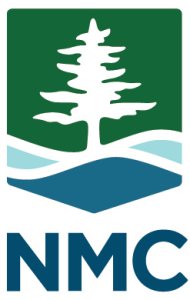My last post was about going gradeless for part of a communications class. The experience was rewarding. Needs tweaking, but valuable.
Here are some further thoughts on the process and results:
1. Having students self-assess does not mean less work. Not for me; certainly not for students. There were complaints – it’s far easier to just accept the mark given than have to go through own work and identify strengths and weaknesses.
2. Students need support. This is time consuming, but critical. Unused to the process, students aren’t always sure where to start. Practicing self-assessment on shorter paragraphs grows confidence and expectations shift from what they think I expect to their own expectations. This is a process, but well worth it. Not all students made it to this point, but those that did saw the value in it.
3. Their final self assessment consisted of a chart where I checkmarked every assignment submitted, and every in class activity completed by the individual student. Then using a rubric, students assessed for both effort (did they attend most classes, submit all assignments, ask for help as needed, etc.) and competency (did they feel confident in their ability to meet all the practiced course objectives – these were often specific ie: confidence in accurately paraphrasing and citing). They also wrote a paragraph giving themself a grade and justifying it.
4. The most enlightening part for me was this week when I went through looking at their self-assessment in conjunction with their final submitted paper (which incorporated all the learning objectives we had practiced, and which they had assessed). It was so much more valuable than just a grade. I was able to identify the process each student went through. And more importantly saw their work through their own eyes. It took time, but I felt I got to understand the students better.
5. And? The big question I’m always asked is how students do. Do they give themselves A’s? Rarely. Many of my strongest students – those who really saw the benefits of self-assessment – tended to under-estimate their abilities slightly, and I found myself increasing their mark slightly (B to B+ for example). Most students were pretty accurate, demonstrating that they’re aware of strengths and where they need to improve going forward. That’s something I’ve rarely seen in traditional professor-graded half term results.
Best of all… when there was no alignment between how students feel they are doing and what I see in their work (for my purposes, this was any time the grade differential was more than a full 10-15%. This was maybe for about 10 percent of students… and in most cases, the differential was around 20-25% which is significant!), I now KNOW this which I would not have before, and in all cases I’ve been able to instigate a conversation that I hope will help get to the heart of what is going on, and how to identify the gaps to promote success.


